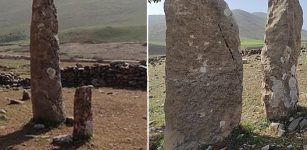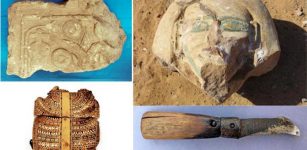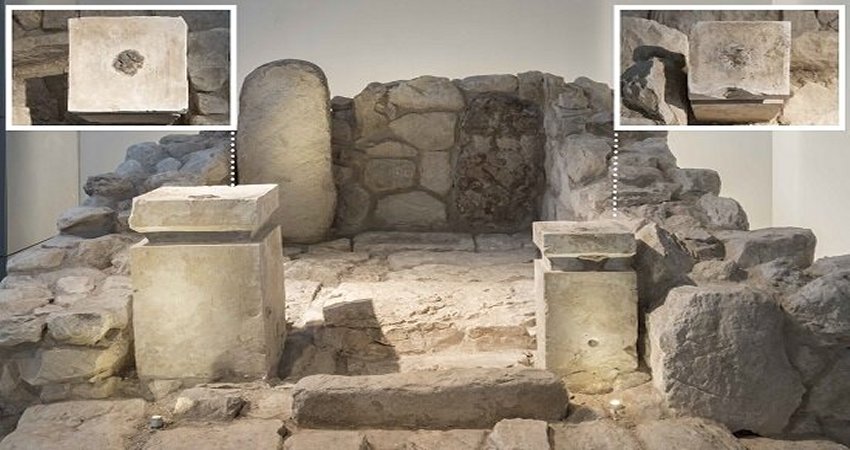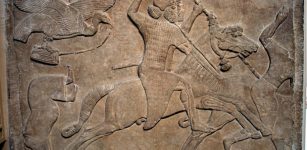Egyptian/Nordic Sun Cult Connection: Trade Routes – Denmark, Egypt And Mesopotamia 3,400 Years Ago – Revealed
MessageToEagle.com – A sensational discovery about the trade routes between Denmark and the ancient civilisations in Egypt and Mesopotamia in the Bronze Age 3,400 years ago, has been made by the Danish-French research team from Moesgaard Museum in Aarhus, the National Museum of Denmark in Copenhagen, and Institut de Recherche sur les Archéomatériaux (IRAMAT) at Orléans, France.
The discovery also gives us new knowledge about the sun cult in the Nordic Bronze Age.
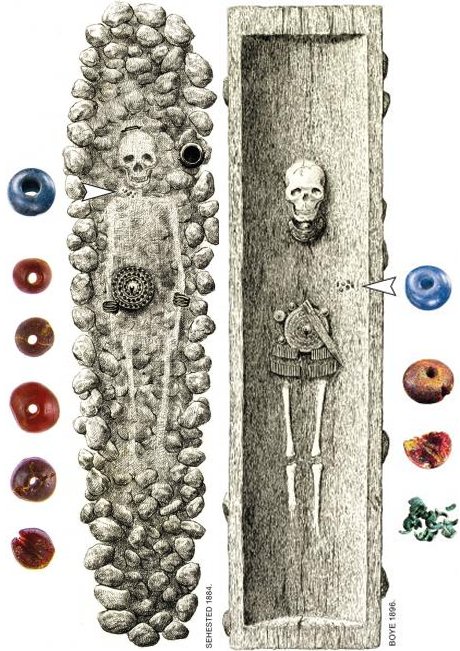
Archaeologists Jeanette Varberg from Moesgaard Museum and Flemming Kaul from the National Museum, and Bernard Gratuze, director of IRAMAT, analysed the composition of some blue glass beads found on buried Bronze Age women in Denmark.
The analysis revealed that the glass originate from the same glass workshops in Egypt that supplied the glass that the Egyptian Pharaoh Tutankhamun took with him to his grave in 1323 BC.
Twenty-three glass beads from Denmark were analyzed using plasma-spectrometry. Without destroying the fragile beads, this technique makes it possible to compare the chemical composition of trace elements in the beads with reference material from Amarna in Egypt and Nippur in Mesopotamia, about 50 km south east of Baghdad in Iraq.
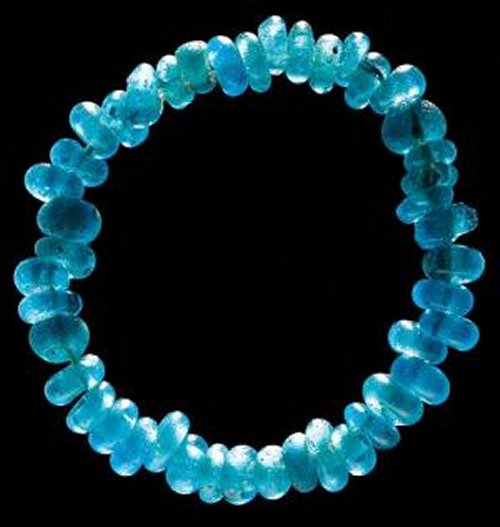
The comparison showed that the chemical composition of the two sets of trace elements match.
The researchers’ first object for comparison was a bead from a wealthy woman’s grave at Ølby, about 40 km south of Copenhagen. The woman had been buried in a more extravagant fashion, lying in a hollowed-out oak trunk and wearing a beautiful belt disc, a smart string skirt with tinkling, shining small bronzes tubes, and an overarm bracelet made of amber beads, and a single blue glass bead.
See also:
Egyptian Blue: World’s Oldest Artificial Pigment
Mystery Of The Maya Blue Pigment And Its Unusual Chemical Composition
The glass bead turned out to be Egyptian. This is the first time that typical Egyptian cobalt glass has been discovered outside the Mediterranean area and it indicates that there is a connection between the amber beads and the glass beads.

It has been known for a long time that amber was exported in the Bronze Age from Nordic latitudes and southwards. Tutankhamun and other Egyptian pharaohs had large amber chains in boxes in their burial chambers. Now the researchers are linking amber and glass together in an unexpected way.
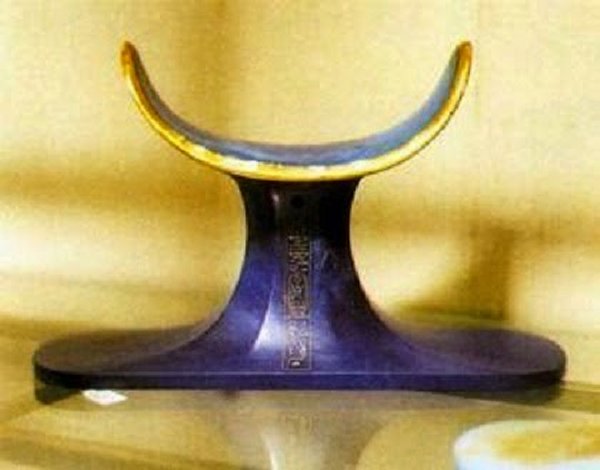
One property that both glass and amber have is that sunlight penetrates their surface. It appears that glass and amber beads have been found together on sites from the Middle East, Turkey, Greece, Italy, and Germany to the Nordic latitudes. The archaeologists believe this could be proof of a link between the Egyptian sun cult and the Nordic sun cult.
When a Danish woman in the Bronze Age took a piece of jewellery made of amber and blue glass with her to the grave, it constituted a prayer to the sun to ensure that she would be re-united with it and share her fate with the sun’s on its eternal journey.
The old amber route to the countries in the Mediterranean thus now has a counterpart: the glass route to the North. So far, the researchers have shown that there was a trade connection to Egypt and Mesopotamia in the years 1400-1100 BC.
A next task is to find out whether this route also continued in the later Bronze Age.
The study was published in SKALK.
MessageToEagle.com


